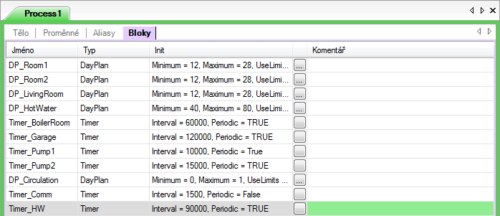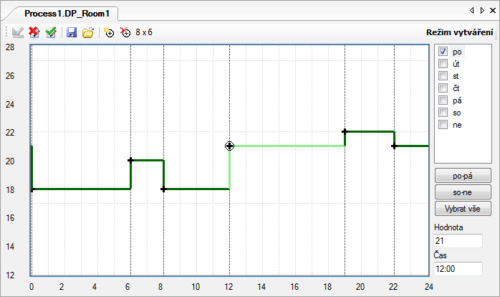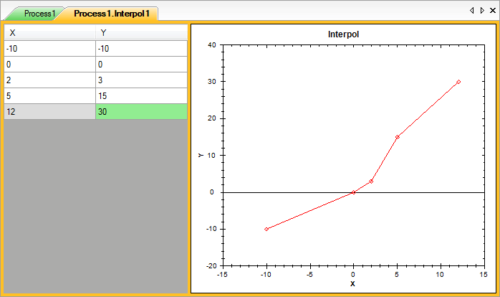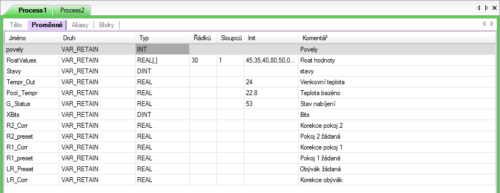In the previous episode of our miniseries on the upcoming version of DetStudio 2.0, we have presented several interesting innovations. Let’s have a look at further improvements.
There are new possibilities in terms of entering initialisation values. PseDet programmes will be certainly thrilled to find more elaborate options of entering initialisation values for time plans and for the Interpol block. However, this is hardly any news to EsiDet programmers – which is why we implemented the option to enter initialisation values into EsiDet already in the stage of variable definitions as it had been in PseDet. We believe that this innovation will make your work with the DetStudio environment easier and more comfortable.
Another innovation in EsiDet are modules serving to define holidays and days off. There is no need for the programmer to deal with any matrices as in PseDet, nor with hexadecimal codes, etc.
In DetStudio 2.0, all you have to do is open the parametrisation of the required block and define holidays or days off in a well-arranged table. In both cases, it is subsequently possible to export the definition and import it in another project.
Editing on the screens is made easier by a well-arranged table with configuration options for colours, dimensions of columns or the font used.
When programming in EsiDet, we can also use various types of processes (same as in PseDet). However, we bring the option to choose three priorities in “Normal” type processes. This allows us to select the order of process execution in a very easy and simple way. We are able to define two Interrupt processes for a single input. In each process, we are also able to select whether it is to respond to the leading edge or trailing edge.
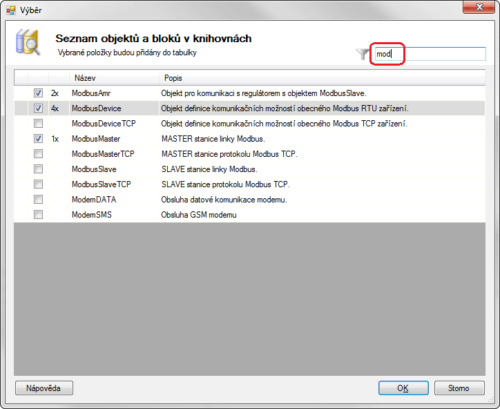 When inserting objects into processes, we use a window that further offers us the option to insert several identical blocks or several different blocks at once. Another innovation is filtering the blocks according to the name entered.
When inserting objects into processes, we use a window that further offers us the option to insert several identical blocks or several different blocks at once. Another innovation is filtering the blocks according to the name entered.
Variables, aliases and blocks can be used exclusively locally, for instance. For the programmer, this means programming a part of the technology only once and subsequently copying it as many times as necessary. And all this with no need to define new variables, aliases or blocks! After we programme a heating line or air-conditioning line into one process, we easily (and within a few seconds) create another heating line or air-conditioning line!
Moreover, the new way of EsiDet programming is designed to minimize the programmer’s need for variables and aliases.
Read the next part of our series on innovations in DetStudio 2.0
